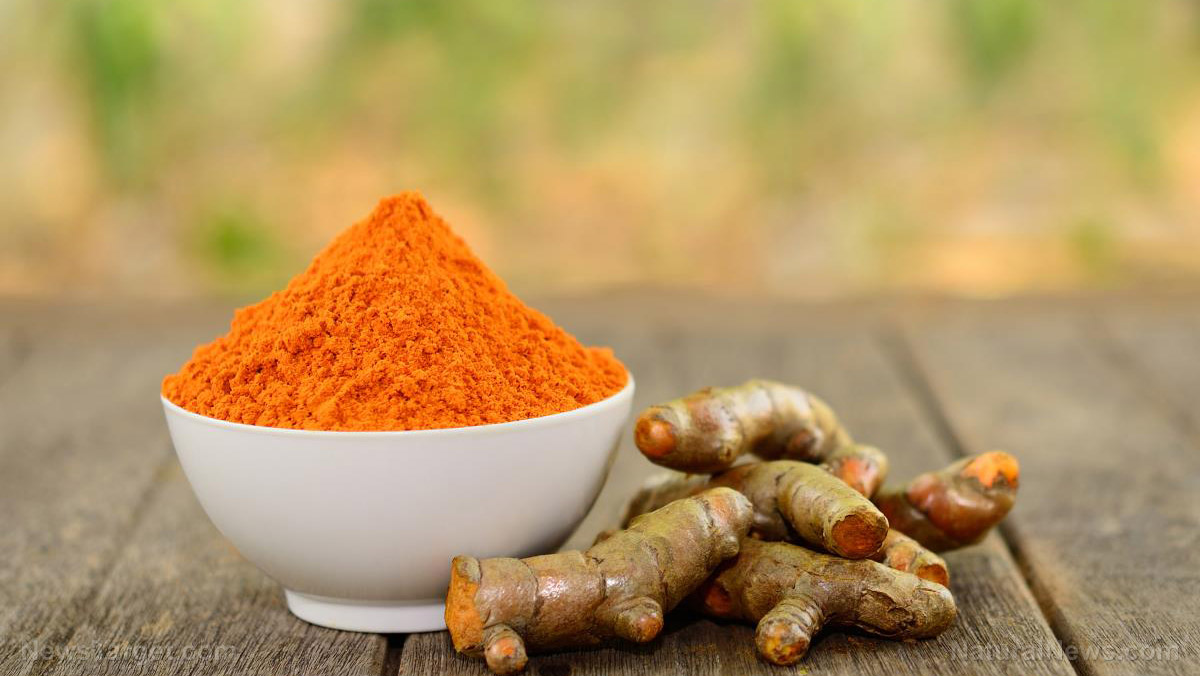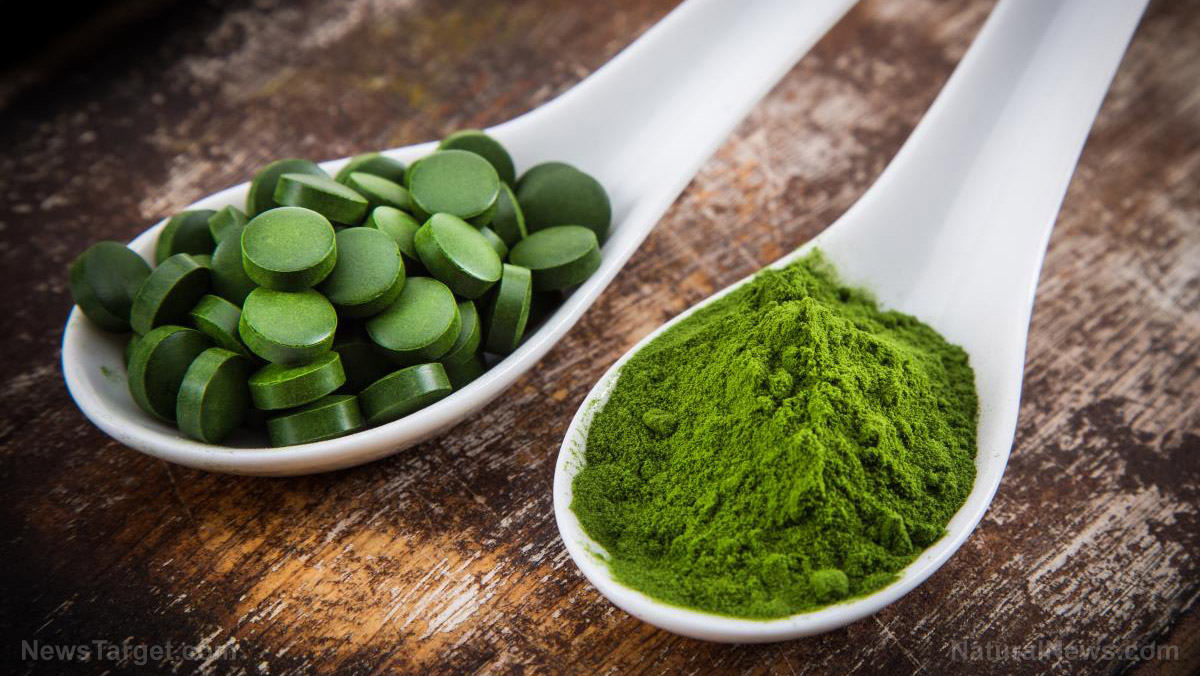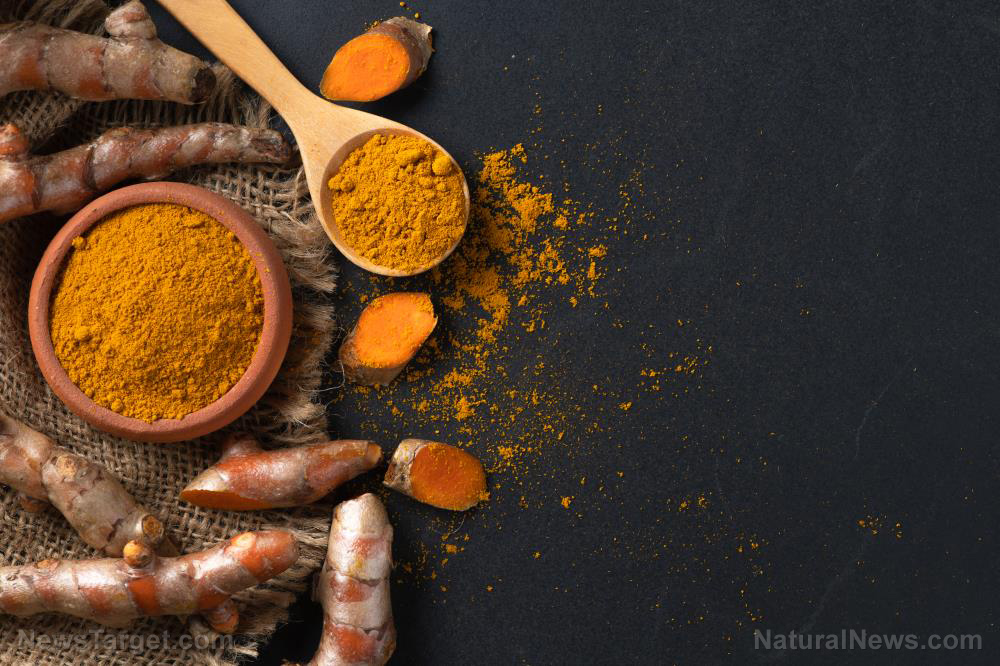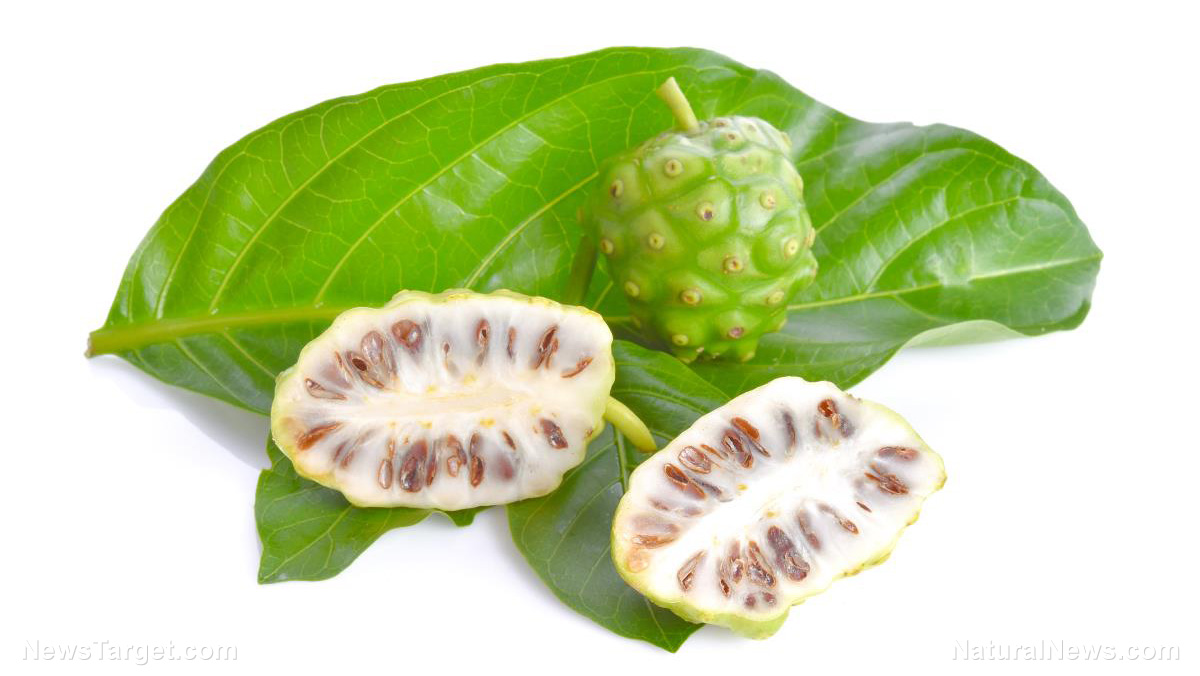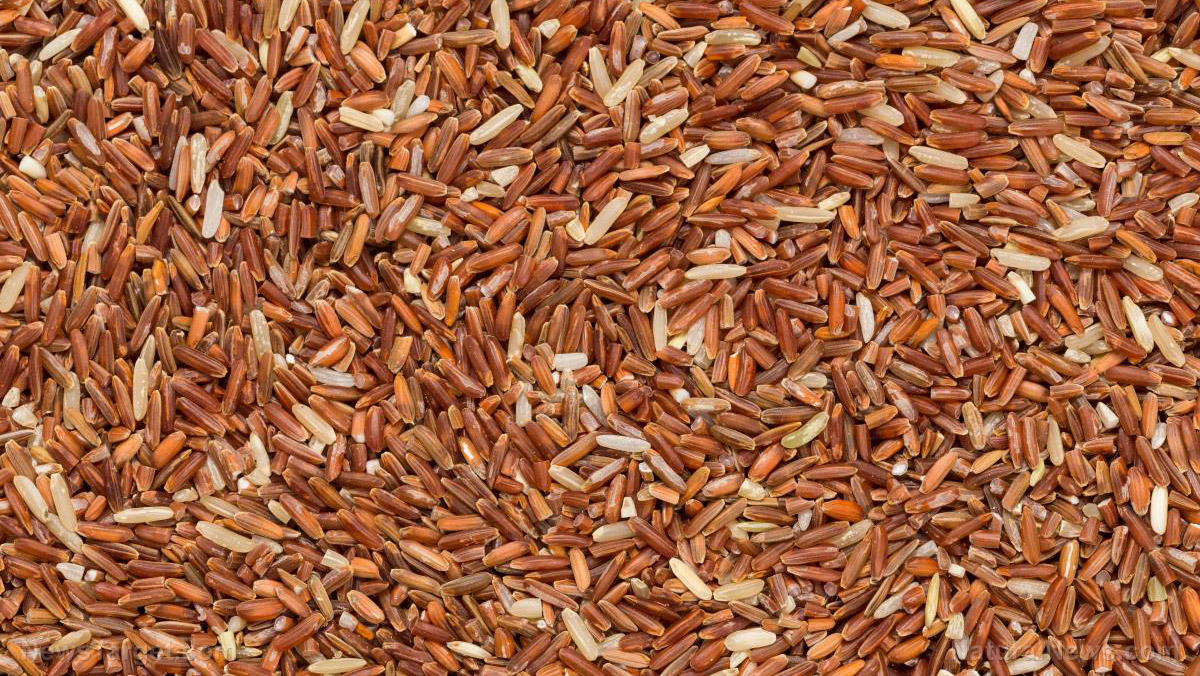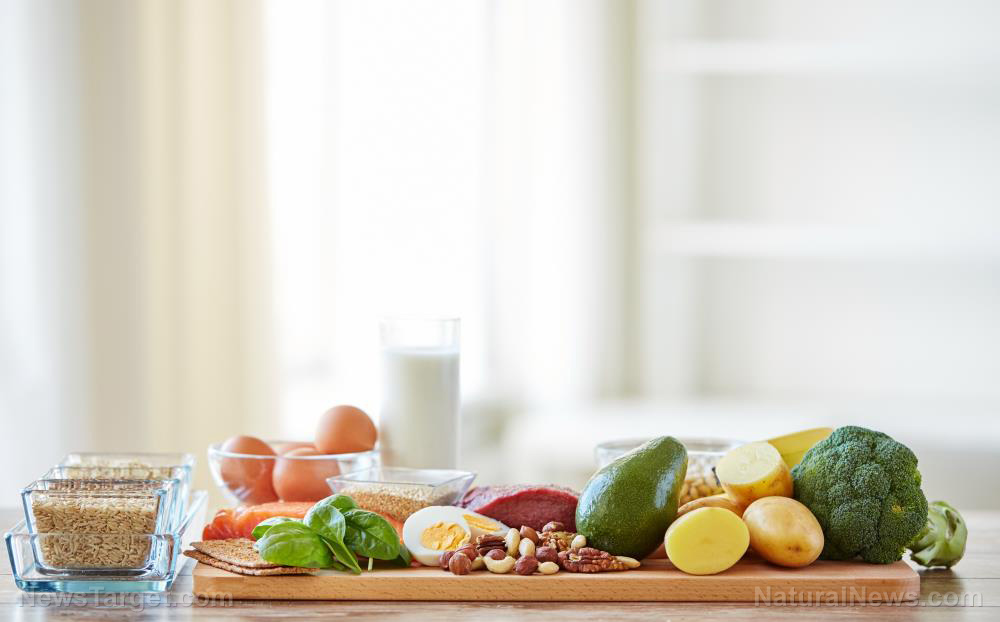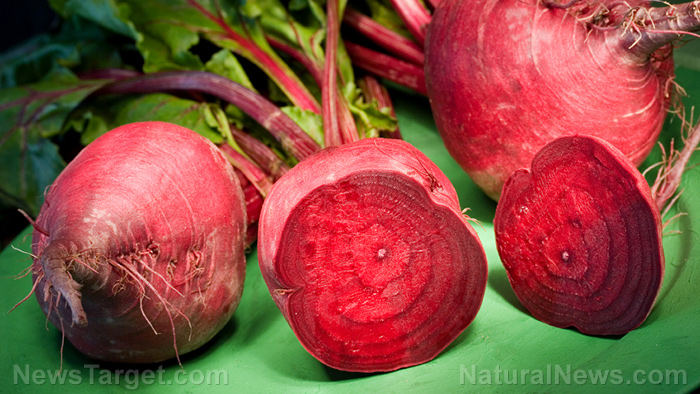An excellent spinach substitute, jute mallow supports a healthy cardiovascular system
10/08/2018 / By Michelle Simmons

This plant from Africa can be the new – and slimy – spinach. Jute mallow (Corchorus olitorius), a traditional plant common in some parts of Africa, is an excellent substitute for spinach as it also supports the cardiovascular system. In a study published in the European Journal of Medicinal Plants, this plant was found to have an impressive nutritional profile, making it a potentially great antioxidant, anti-inflammatory, anticancer, and cardiovascular system modulatory agent.
In some parts of Africa, jute mallow has been used in medicine as a demulcent, diuretic, purgative, bitter tonic, laxative, refrigerant, carminative, and lactagogue. In the study, researchers from the Michael Okpara University of Agriculture in Nigeria looked at the phytochemical composition and acute toxicity effect of jute mallow leaf extracts in mice.
The researchers dried and extracted the leaves of jute mallow. They then carried out a phytochemical analysis on the jute mallow leaf extract. The extract’s acute toxicity value was assessed by orally administering different doses of the extract ranging from 100 milligrams per kilogram (mg/kg) to 5,000 mg/kg to mice.
Results of the phytochemical analysis revealed that the leaf extract of jute mallow contains flavonoids, steroids, terpenes, phenolic compounds, alkaloids, saponins, tannins, and cardiac glycoside. In addition, jute mallow leaf extract contains a total of 46 compounds, including 2-Dodecenal. The presence of these phytochemical compounds indicates that the plant is rich with bioactive substances that possess healing properties. Results of the acute toxicity evaluation showed that jute mallow leaf extract is safe to consume even at a dose of 5,000 mg/kg.
Based on the findings of the study, the researchers concluded that jute mallow leaf extract is packed with bioactive compounds that are safe and effective to consume for enhancing health, including cardiovascular health.
Jute mallow could be the next new superfood
Garlic, turmeric, and spinach – these are some of the most common superfoods consumed. But have you tried jute mallow? Researchers suggested that African vegetables such as jute mallow should be given more attention as they can be the next superfoods.
Jute mallow, together with amaranth leaves, spider plant, and African nightshade, were described as “wonder plants” by Mary Abukutsa-Onyango, a horticultural researcher who conducted a study on these crops at Jomo Kenyatta University of Agriculture and Technology in Juja, Kenya. Abukutsa-Onyango believes that if these vegetables were consumed more often, they could help fight malnutrition in many parts of the world.
This suggestion came after she discovered in her study that eating 137 grams of jute mallow can provide the recommended daily allowance of iron, which is 11 to 15 milligrams (mg) per day. This vegetable contains 20 more times the amount of iron and twice the amount of folate that cabbage can offer. In addition, it contains four times more the iron content of spinach and provides almost twice as much provitamin A as spinach. (Related: Close to 75% of conventionally grown spinach found to contain residue from toxic insecticides.)
This indigenous vegetable is also rich in protein. A probable reason why jute mallow has remained unpopular until today is because it turns slimy when cooked, much like okra.
Other reasons why these plants are not widely available because people often overlook the plants because they look unusual, while oftentimes, they are mistaken for weeds. Most people do not know that these indigenous plants to Africa are actually loaded with many nutrients and powerful antioxidants, which can eliminate toxins in the body and lower the risk of diseases.
Read more news stories and studies on foods that help prevent diseases by going to Superfoods.news.
Sources include:
Tagged Under:




